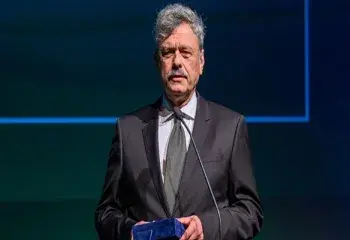The general assembly presented the Debrecen City Hatvani Award to Dr. László Mátyus, full professor and the dean of the Faculty of Medicine.
News

The proton channel Hv1 is a protein in cell membranes that moves protons (a type of charged particle) in and out of cells.
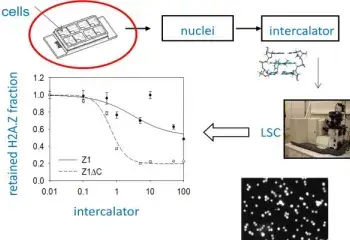
H2A.Z-containing nucleosomes can assume either a stable or an unstable configuration depending on the presence or absence of the C-terminal nonapeptide of the variant histone (Z1 or Z1∆C, respectively).
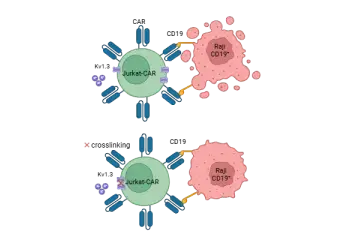
Functional role of Kv1.3 localization in chimeric antigen receptor T cells
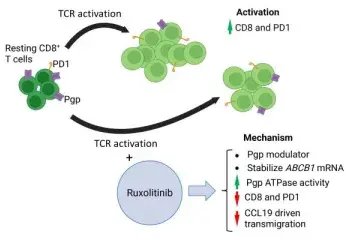
Ruxolitinib Modulates P-Glycoprotein Function, Delays T Cell Activation, and Impairs CCL19 Chemokine-Directed Migration in Human Cytotoxic T Lymphocytes
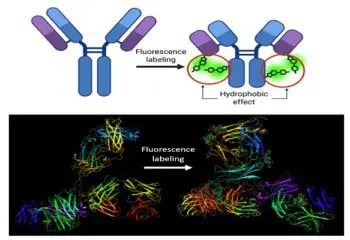
Fluorescence labeling causes global changes in antibody structure and dynamics through the hydrophobic effect

The plasma membrane is a dynamic structure surrounded by the extracellular matrix. Although stimulation of transmembrane proteins by soluble ligands takes place in this environment, its influence on receptor activation is usually overlooked.
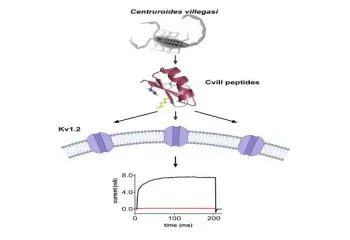
Kashmala Shakeel, Gyorgy Panyi, and their colleagues, in collaboration with Prof. Possani’s research group at UNAM, Mexico, are exploring peptide toxins that block specific potassium channels.
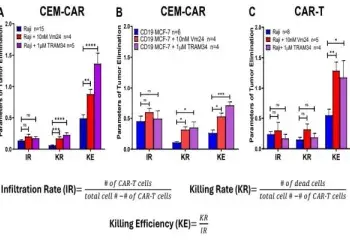
Vivien Jusztus, Árpád Szöőr and Péter Hajdu investigated the role of CAR-T cell potassium channels in tumor infiltration and elimination.
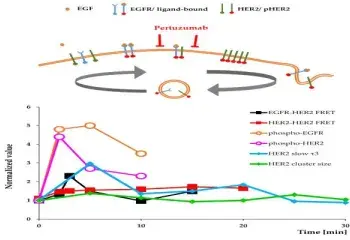
Investigations by László Ujlaky-Nagy, János Szöllősi, and György Vereb using complementary biophysical approaches on cellular model-systems may offer mechanistic insights into therapies targeting EGFR-HER2 interactions
